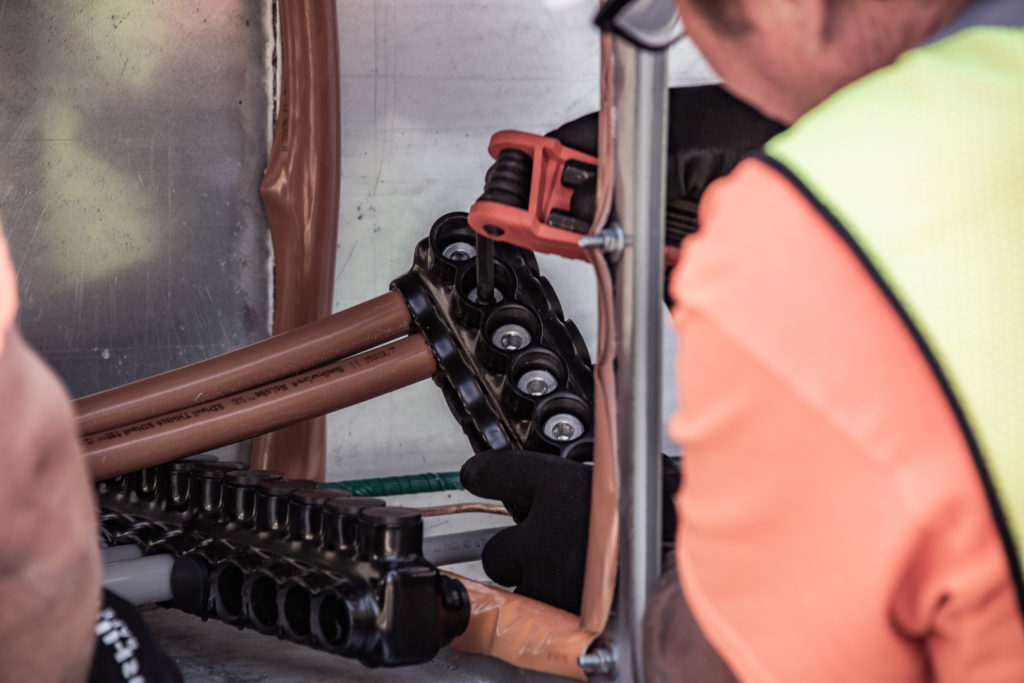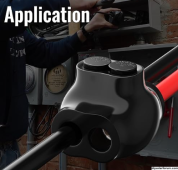I have mixed feeling in ferrules, and mostly my impression is that they mostly help make up for poor connector designs.
I've been doing alot of wiring lately, and there's a very wide range of ways to make screw-type and press-in connectors. I wish there was more of an industry standard make it less of an issue.
I generally like the terminals on good-quality breakers that have a curved metal band that generally conforms to the shape of a round wire to provide maximum surface area, and is drawn up to tighten around the wire. I just wish they would move away from the slotted screws heads that are just horrible.
This one has to take the cake, though: https://www.amazon.com/gp/product/B0C9TM4KLZ
They have two inputs and two outputs, but a single screw in each. They also clearly show multiple pictures of red wires being connected in one side, and black wires being connected on the other side, but both sides are connected! They work okay to splice a single connector (one on each side), and you can use them to create a T, but that requires interleaving the wires under one screw, which I don't trust.
I've been doing alot of wiring lately, and there's a very wide range of ways to make screw-type and press-in connectors. I wish there was more of an industry standard make it less of an issue.
I generally like the terminals on good-quality breakers that have a curved metal band that generally conforms to the shape of a round wire to provide maximum surface area, and is drawn up to tighten around the wire. I just wish they would move away from the slotted screws heads that are just horrible.
This one has to take the cake, though: https://www.amazon.com/gp/product/B0C9TM4KLZ
They have two inputs and two outputs, but a single screw in each. They also clearly show multiple pictures of red wires being connected in one side, and black wires being connected on the other side, but both sides are connected! They work okay to splice a single connector (one on each side), and you can use them to create a T, but that requires interleaving the wires under one screw, which I don't trust.





